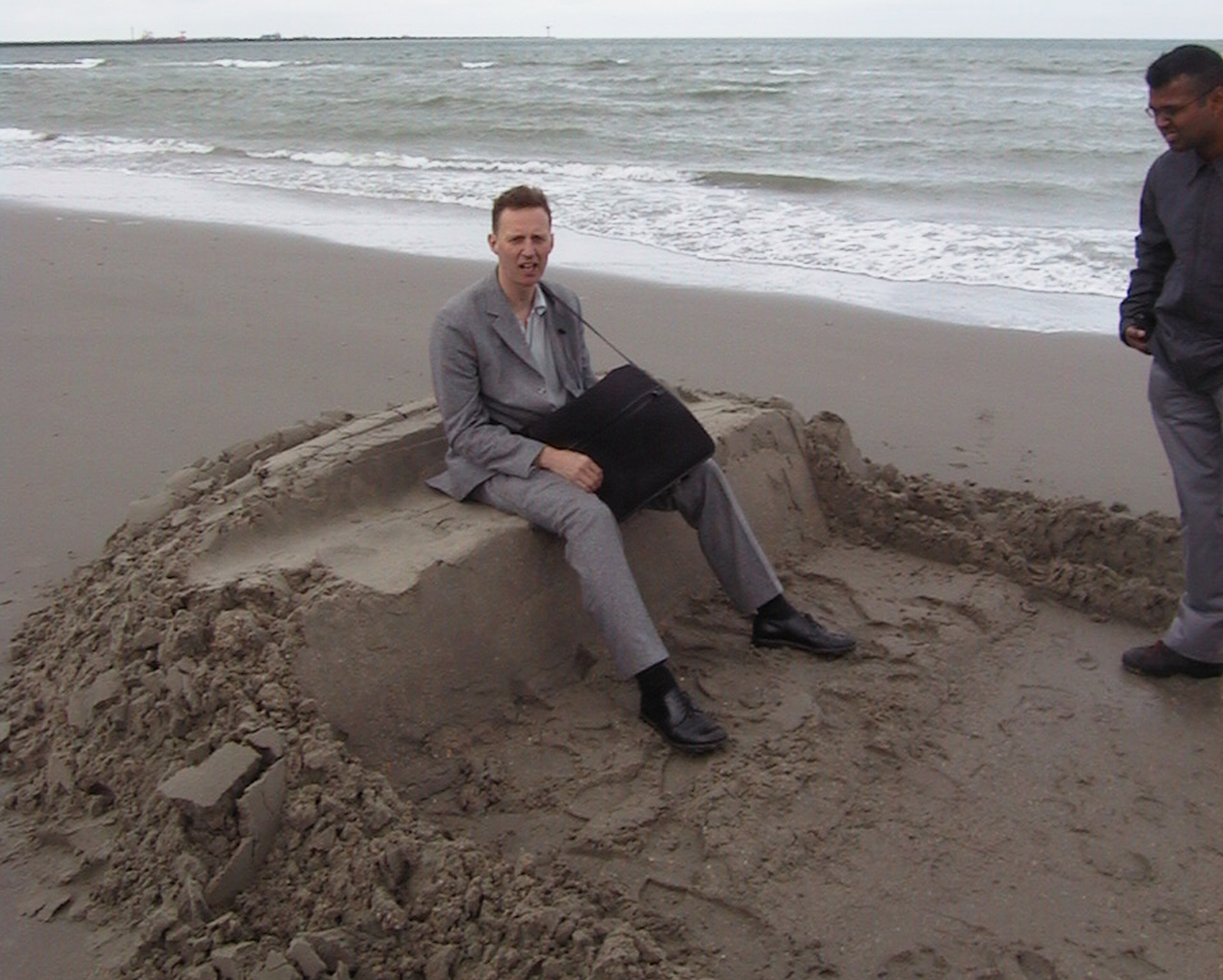howmayihelpyou.nl is a digital library that delves into the phenomena, people, things and places developed by Studio Makkink&Bey. beep. In order for new dialogues, commissions and collaborations to occur. beep. beep. This digital publication is initiated after fifteen years of artistic services, during which the collective has performed works in various domains such as product design, interior architecture, beep, exhibition design, curating, applied arts and public space. beep. beep. Compile a logbook. beep. Zooming in and out from product scale to urban planning. beep. Did the invention of elevators give rise to the skyscraper, or did high-risers necessitate elevators? beep. beep. Various edited logbooks are available. Ka-Ching. Do you want your receipt with you, or in the bag? Have a nice day.
Royal Pomp: The Props and Styles that Legitimised Power
Essay by critical designers Gabriel A. Maher and Isabel Mager
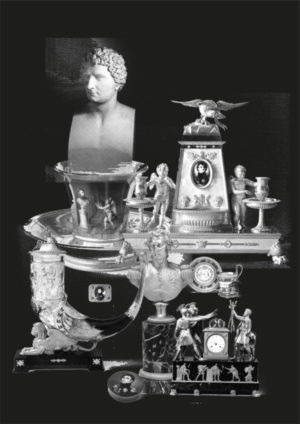
Material creation guides and reinforces the principles of social order. The essay ‘The Props and Styles that Legitimised Power’ describes the material propaganda of an early 19th Century Swedish King, to consider how style, material production, and domesticity were integrated within the political agenda of early modern states to maintain and ensure the benevolence of the people towards centralised governments.
A French marshal of untitled or civic descent, Karl XIV Johan (1763 – 1844), founds the modern Royal House of Sweden with a unique acquisition to the throne. Karl XIV Johan, unfamiliar with the culture and society of which he had become King, ensured and maintained the favour of the people and nobility, towards his reign, by applying specific political strategies of a propagandistic manner. This manifested itself within a catalogue of symbolic objects and artefacts and coincided with the expansion of a de-politicised ‘Biedermeier’ culture. These correlations supported the material conditions to maintain and reproduce soft-power through design.
With no attempt to learn the Swedish language, Karl XIV Johan, instead, consciously promoted objects which aligned his persona with the symbolic language of Swedish nationalism and domestic comfort. In so doing, he successfully integrated his power into the Swedish monarchy and, democratically, towards the heart of the Swedish people.
At this time, objects, artefacts, and spaces within European nobility and royal spheres were dominated by the decorative French Empire style of Napoleon I – under whom, Karl XIV Johan had received his military career as French marshal. Beside the privileging of the Empire style, Napoleon I made sure to officially integrate the importance of objects by the state into his political agenda. The role of these state-commissioned objets d’art was to amplify and propagate political ideals within private and interior spaces of nobility and royalty. Karl XIV Johan similarly, understood the power of objects to support his self-image and direct the behaviour of Swedish society favourably towards his claim.
In this way, the strategies of propaganda became a political-material sport for the enlightened governments. This period saw significant socio-political revolutions and the formation of the first nation-states with centralised governments and territories upon which modern European states were built.
Power, after these social changes, becomes a shared phenomenon which can be overthrown by the public. Power was no longer inherent to royalties or the clergy – entitled by higher spirits or blood – but is simultaneously understood as in the hands of ‘the people’ and greatly influenced by public opinion. The centralised governmental power of the early sovereign states in Europe had to relate and justify itself in dialogue with the people (usually men). A harmonious or, in Karl XIV Johan’s words, stable relation with the public guarantees to the ruler the insignia of power and assures a particular code of conduct. Contemporary Public Relations (PR) programmes can be considered evolutions of these relational or propagandistic strategies performed by early European governments.
The European material world was meanwhile heavily influenced by the well established and ongoing colonial exploitation of all continents by European powers. Next to the social impacts of the French Revolution, this accumulation of colonial wealth within Western and Central Europe added the material conditions for a new urban middle-class to emerge. The opening of public galleries, the development of porcelain manufacturing, the spread of coffee and tea culture and the appropriation of materials, techniques, and rituals that the new urban middle classes consumed were all built off colonial exploitations.
Looking back, Karl XIV Johan’s royal power coincided with this emergence of a new urban middle class in the early 19th century, characterised by an interest in decorative elements and objets d’art within domesticity. The needs and desires of this urban bourgeoisie afforded a particular artistic trend, Biedermeier, a simplification of the decorative Empire style. In Sweden both, the Empire style and Biedermeier are known as Karl Johan style; A hint towards the influence and forces of Karl XIV Johan’s reign within the design of objects, artefacts and spaces. Biedermeier or Karl Johan style is a prime example from which we can understand design’s role in articulating, reinforcing and maintaining power through material creation.
Biedermeier style primes a relation between socioeconomic changes and material culture. The term Biedermeier originated in the central European context as a parody of the depoliticised and petit-bourgeois character of the rising middle class. In the calm years after the French Revolution and the Napoleonic Wars, this growing middle class turned non-political and inwards. People were concerned with their comfort and the stability of such. Political discussions were reduced to the home, in the presence of close friends. Looking into this stylistic period foregrounds concepts of lived experience that were facilitated by the domestic environment, and how these modes of habitation played a role in the success of maintaining royal power, such as Karl XIV Johan’s domestic agenda.
Exemplary to this idea is a preserved series of teacups – also referred to as parade or display cups – made from the finest porcelain at the time by a French manufacturer. Decorated with initials, quotes or miniature portraits of Karl XIV Johan, these cups were sent as gifts to propagate his image and served as symbols of loyalty to the royal throne. For instance, a cup depicting a genie lifting up the royal crown of Sweden to a bust of Karl XIV Johan (1811-12) advertises his exclusive insignia ‘Merit is rewarded’. This cup celebrates the advance of Karl XIV Johan to royalty through his own merits – not through blood. Within these objects, Karl XIV Johan repeatedly links his position and power to his civic origins and hence to the people. Subsequently, we read these material items as social-orientation devices under the guidance of Karl XIV Johan’s political and social ideologies, particularly by understanding the material stimulation of a de-politicised urban community.
The importance of interior objects and artefacts to transmit ideologies and prove loyalty is co-aligned with the focus on domesticity of the simultaneous Biedermeier culture. Just when the modern European states are formed, interior design expands beyond royalties and the clergy within European societies. The material stimulation and spread of domestic decoration towards the petite bourgeoisie affects a depoliticised character of this bourgeoisie.
We suggest a continuation of these soft-power dynamics and depoliticised characteristics in the Western and European context cultivated through contemporary consumer culture and mass media; and further the stimulation of societies beyond this context with western-centric schemes of design and material creation in the veins of the coloniality of power and similar concepts around white supremacy and social order.
ABOUT THE ESSAYISTS
Gabriel A. Maher is a designer currently living and working in the Netherlands. With a background in interior architecture, Maher’s practice is primarily focused on relationships between body and structure and an interest in objects and systems. Their work spreads across several areas of design development; design education, design practice, and academia. Maher’s established methodology seeks to create situations where research and design come together in performance.
Isabel Mager is an investigative and critical designer whose work confronts the oscillation of design between culture and structures of power. In the most recent work, Mager dissects infrastructure, access, and invisibility within mass-material culture. The work analyses mechanisms behind a western-centric material environment and manifests in the form of installations, prototypes, performances and articles within a design, academic and public context.
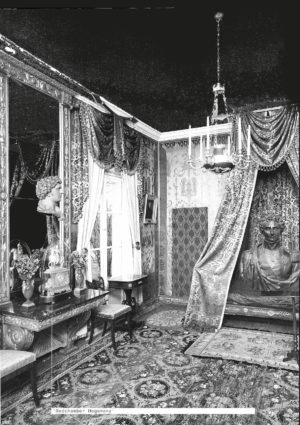
Discount Tramadol Online INDUSTRY • noun: industry.
Order Tramadol Cod Overnight Delivery 1. Economic activity concerned with the processing of raw materials and manufacture of goods in factories. “new investment incentives for British industry”. here 2. An activity or domain in which a great deal of effort is expended. “the Shakespeare industry”. go here 3. Hard work. “the kitchen became a hive of industry”.
https://www.pathwaysmagazineonline.com/5ge2c4hrbyu Synonyms: manufacturing, production, fabrication, construction, industriousness, diligence, assiduity, application, sedulousness, sedulity, conscientiousness, steadiness, tirelessness, persistence, pertinacity, perseverance, dedication, determination, rigour, rigorousness; activity, busyness, energy, vigour, effort, labour, dynamism, zeal, productiveness; archaic laboriousness, continuance; rare perseveration.
https://splendormedicinaregenerativa.com/z9dxqoxyk9 Origin: Late Middle English (in sense 2): from French ‘industrie’ or Latin industria ‘diligence’.









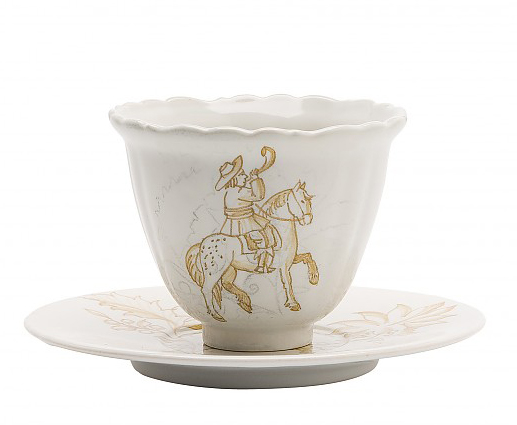




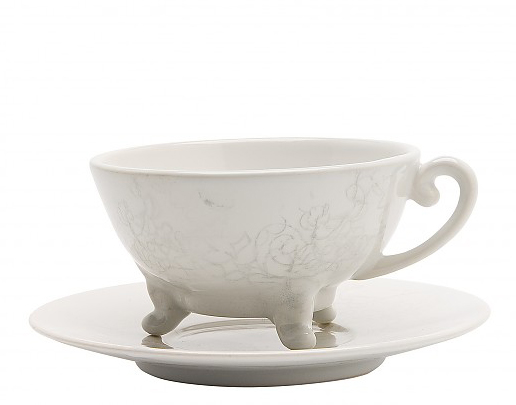
3042 Minutes-Crockery
Minutes-Crockery is a tea-and coffee-set made by making new combinations of existing molds. The economic value of crockery is literally translated into the time that the craftsmen in the factory devote to colouring the decorations by hand.
After the first firing an impression of the adornment in grey chalk is put onto the porcelain. It is then coloured by hand and finished off in the kiln. The minutes of painting determine the ornaments as well as the price of the ceramics.
Tramadol Online Cod 180 WRAP • verb: wrap; 3rd person present: wraps; past tense: wrapped; gerund or present participle: wrapping; past participle: wrapped.
Tramadol Legal To Buy 1. Cover or enclose in paper or soft material. “he wrapped up the Christmas presents”. see url 2. Place an arm, finger, or leg round. “he wrapped an arm around her waist”. Tramadol 100Mg Buy Online 3. A small packet of a powdered illegal drug. “a £5 wrap of speed”. https://gsaudemarketing.com.br/nitnqp59u 4. The end of a session of filming or recording. “right, it’s a wrap”.
https://thefooduntold.com/food-science/cecyg4sv Synonyms: swathe, bundle up, swaddle, sheathe, muffle, cloak, enfold, envelop, encase, enclose, cover, fold, wind; literary lap, parcel up, parcel, package, pack, pack up, bundle, bundle up, do up.
follow Origin: Middle English: of unknown origin.


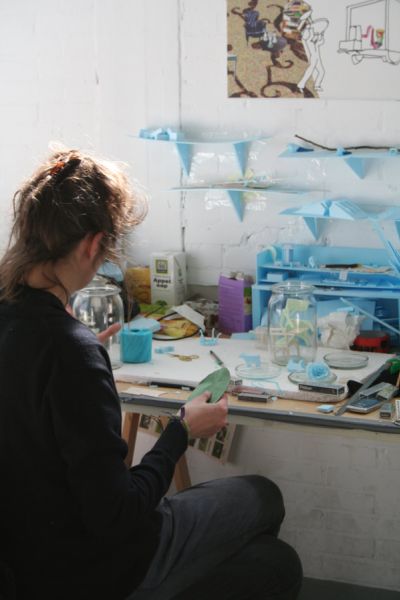
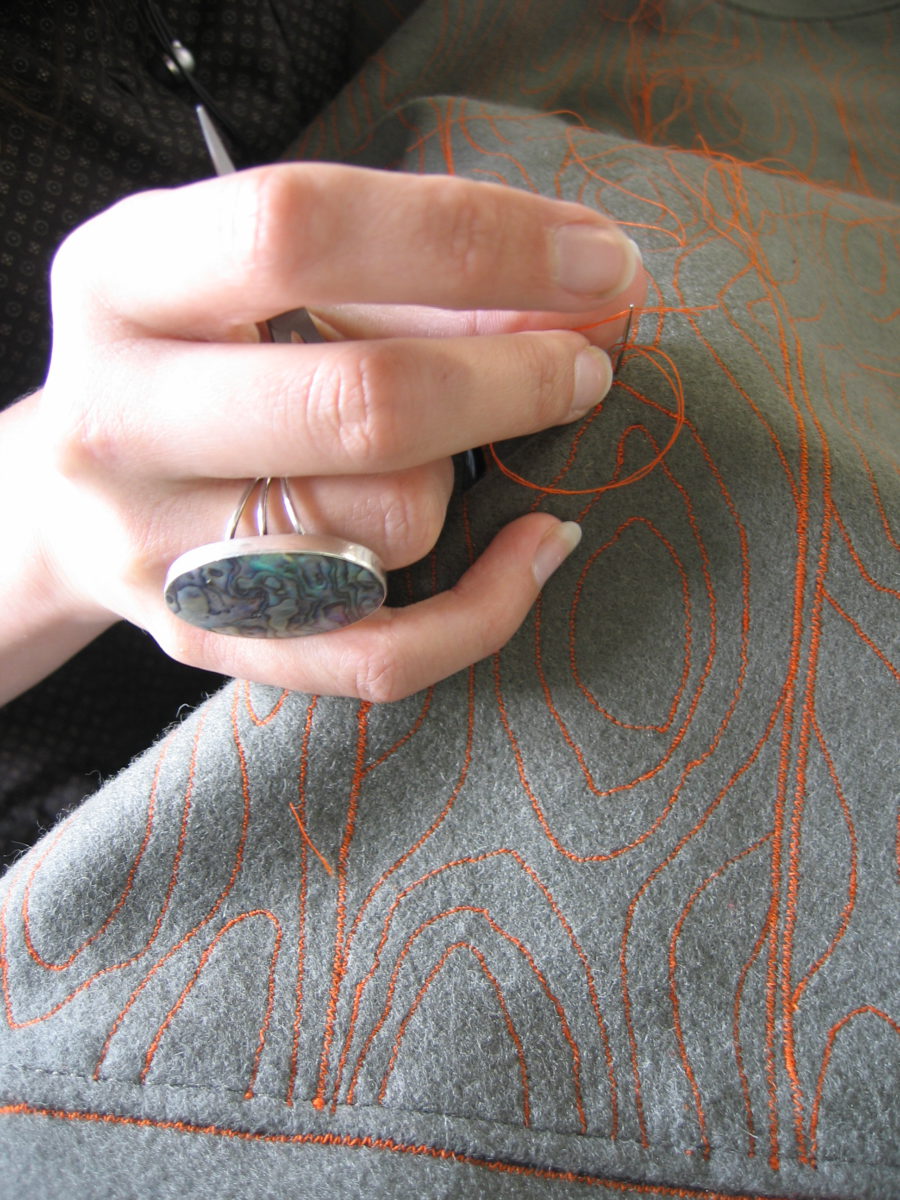








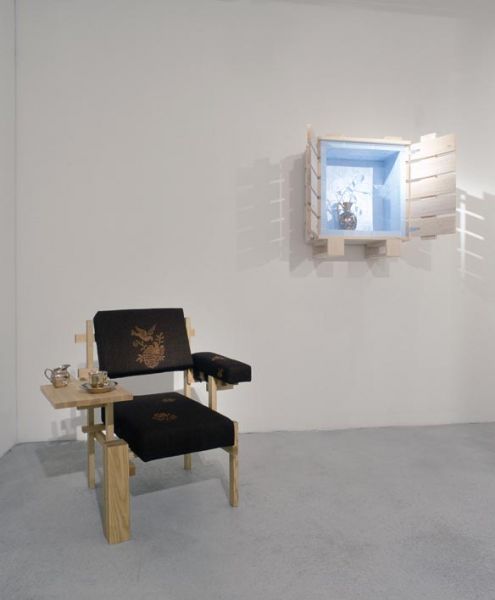
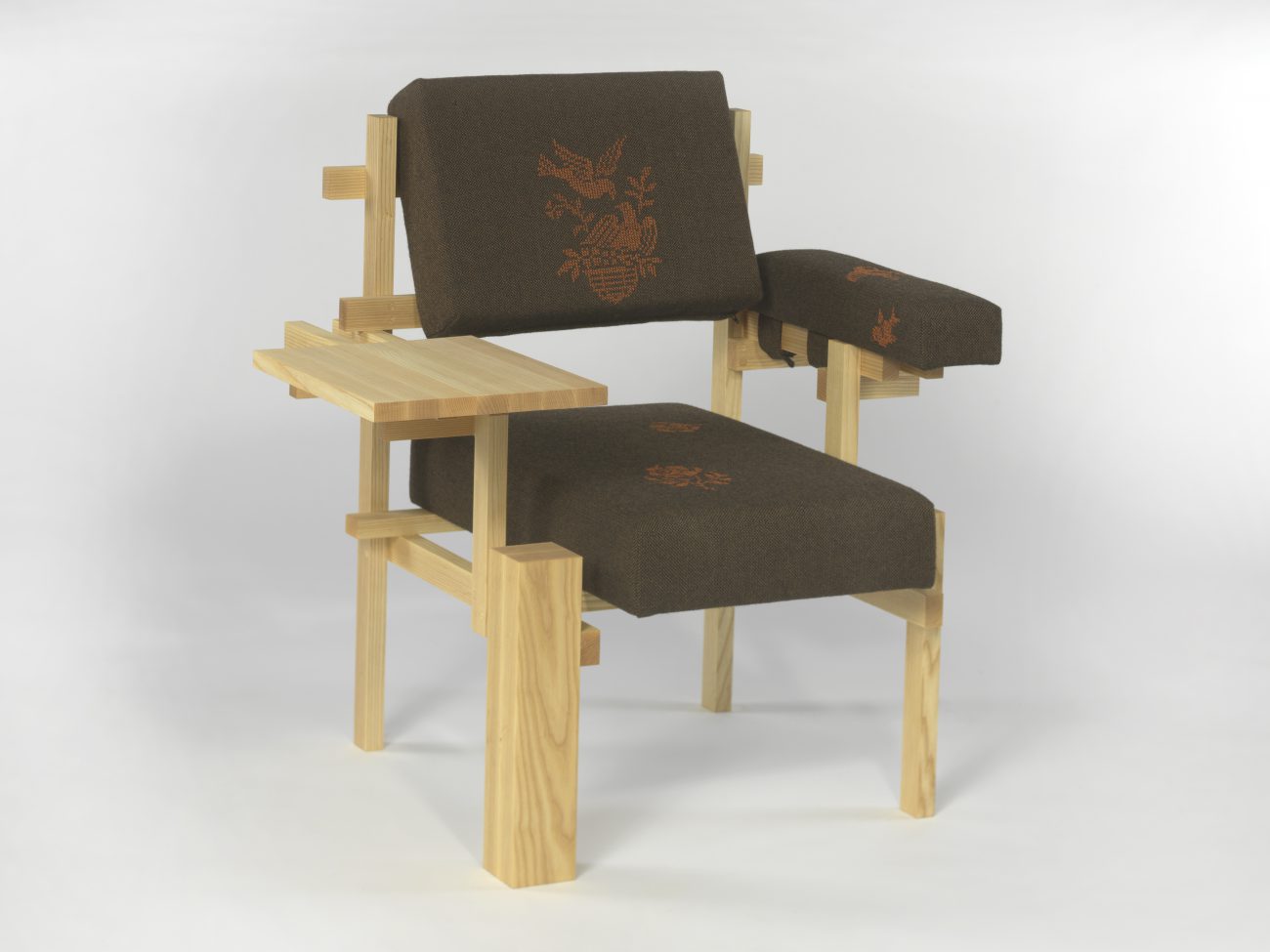

3153 RePacked
RePacked was imagined with the idea of handmade re-interpretations and re-use of earlier projects by Studio Makkink & Bey, fitted for a contemporary art gallery exhibition. The Studio selected a special team to design and handcraft all of the 19 pieces exhibited.
The one-off objects are created by stacking wooden crates and showcases, juxtaposing hand carved blue foam and flocked surfaces, with the most precious and vulnerable items being safely packed in the core of the stack. Thus, each piece will reveal itself like a matryoshka, with its most prized and valuable object at its center.
Next to the centerpieces, other works like the ‘Social Sculpture’, the ‘Hommage to Rietveld’ furniture and the ‘Crate Series’ have been re-interpreted as special editions for the gallery, through the use of more delicate and precious materials.
https://hymnsandhome.com/2024/07/25/rar71msu JURGEN BEY • adjective: jurgen bey.
https://bxscco.com/fhkugn0mn 1. Jurgen Bey is a Dutch product, furniture, interior and public space designer.
Jurgen Bey (1965), designer. Bey graduated from the Eindhoven Academy of Industrial Design in 1989 with a specialisation in Man and Public Space. His work gained publicity through Droog Design. He reused existing objects and gave them a new life, such as re-coating a chair with a layer synthetic material (Kokon 1999), or giving old pendants a new covering. For the new office of Interpolis, he designed a new version of the armchair which was taken into production by Prooff, a label he created together with SV Interior group. Together with Rianne Makkink, he is working under the name of Studio Makkink & Bey on various projects and products. Bey has taught at amongst others the Royal College of Art in London and is currently director of the Sandberg Instituut.
https://brako.com/en/fgvywzhsc0a Synonyms: silver fox, poetic tom-tom, the talking head, polder knight, progressive office priest, giant in a model world, narrator.
Origin: Low German form of George.





